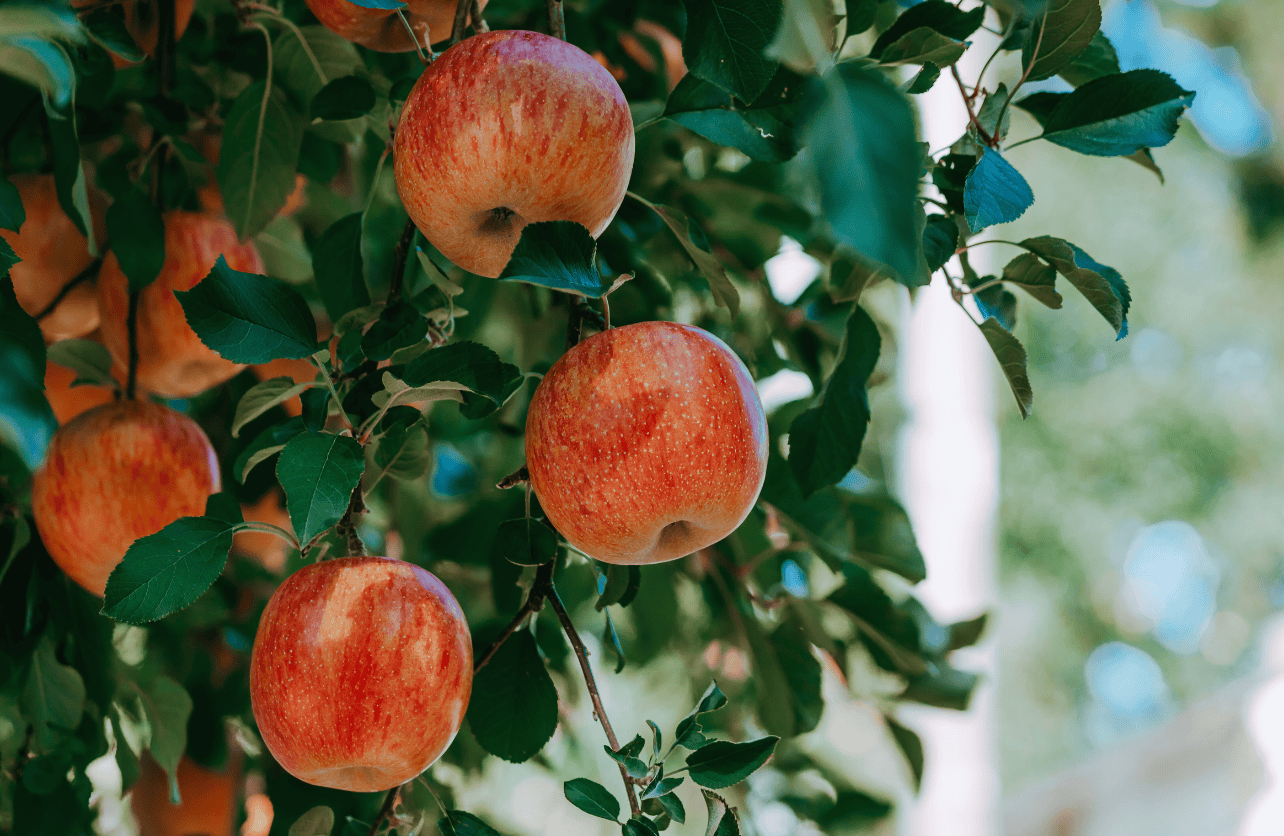Everything You Need to Know About Planting Apple Trees in Your Yard

View all Contents
Planting an apple tree in your yard is a rewarding endeavor that offers the delight of fresh fruit and adds beauty to your landscape. Whether you’re a seasoned gardener or a beginner, this comprehensive guide will walk you through everything you need to know to successfully plant and care for apple trees in your yard.
Choosing the Right Apple Tree Variety
Selecting the appropriate apple tree variety is crucial for successful growth and fruit production.
Consider Climate and Hardiness Zones
- USDA Hardiness Zones: Apple trees thrive in zones 3 through 9. Check your zone to select a suitable variety.
- Chill Hours: Apples require a certain number of chill hours (hours below 45°F) during winter. Ensure the variety you choose matches your area’s chill hours.
Disease Resistance
- Disease-Resistant Varieties: Opt for varieties resistant to common diseases like apple scab, fire blight, and cedar apple rust (e.g., ‘Liberty’, ‘Enterprise’, ‘Freedom’).
Taste and Usage
- Flavor Preferences: Consider whether you prefer sweet, tart, or a balance.
- Intended Use: Some apples are better for eating fresh (e.g., ‘Honeycrisp’), while others are ideal for cooking or cider making (e.g., ‘Granny Smith’).
Pollination Requirements
- Self-Pollinating vs. Cross-Pollinating: Most apple trees require cross-pollination from a different variety. Plant at least two compatible varieties within proximity.
- Crabapples as Pollinators: Crabapple trees can serve as excellent pollinators for apple trees.
Selecting the Planting Site
Choosing the right location in your yard ensures your apple tree receives optimal conditions for growth.
Sunlight
- Full Sun: Apple trees need at least 6 to 8 hours of direct sunlight daily for healthy growth and fruit production.
Soil Conditions
- Well-Draining Soil: Avoid areas with standing water. Apple trees dislike soggy roots.
- Soil pH: Ideal soil pH is between 6.0 and 7.0. Conduct a soil test and amend if necessary.
- Soil Fertility: Rich, loamy soils are best. Incorporate organic matter to improve soil structure.
Space and Air Circulation
- Spacing: Standard apple trees need about 15-18 feet between trees, semi-dwarf trees 12-15 feet, and dwarf varieties 8-10 feet.
- Airflow: Good air circulation reduces disease risk. Avoid planting near large structures or dense plantings.
Planting the Apple Tree
Proper planting sets the foundation for a healthy tree.
When to Plant
- Dormant Season: Plant in early spring before bud break or in late fall after leaf drop.
Preparation
- Soak the Roots: If planting a bare-root tree, soak the roots in water for 1-2 hours before planting.
- Digging the Hole: Dig a hole twice as wide as the root ball and about 2 feet deep.
Planting Steps
- Inspect the Roots: Prune any damaged or excessively long roots.
- Position the Tree: Place the tree in the hole with the graft union (a visible bulge near the base) above soil level.
- Backfill: Refill the hole with native soil, gently firming to eliminate air pockets.
- Water Thoroughly: Saturate the soil to settle it around the roots.
- Mulch: Apply a 2-3 inch layer of organic mulch around the base, keeping it away from the trunk to prevent rot.
Caring for Your Apple Tree
Ongoing care is essential for the tree’s health and productivity.
Watering
- Regular Watering: Provide consistent moisture, especially during the first year and dry periods.
- Avoid Overwatering: Ensure soil is moist but not waterlogged.
Fertilizing
- Initial Fertilization: Avoid fertilizing at planting time to prevent root burn.
- Annual Feeding: In subsequent years, apply a balanced fertilizer (e.g., 10-10-10) in early spring.
Pruning
- First Year Pruning: Prune to establish a strong framework. Remove dead or damaged branches.
- Annual Pruning: Prune in late winter to early spring to maintain shape, improve sunlight penetration, and promote air circulation.
Pest and Disease Management
- Regular Inspection: Check for signs of pests like apple maggots, codling moths, or aphids.
- Organic Controls: Use horticultural oils or insecticidal soaps as needed.
- Disease Prevention: Keep the area around the tree clean of fallen leaves and fruit to reduce disease incidence.
Thinning Fruit
- Promote Size and Health: Thin clusters to one fruit every 6 inches when fruits are about the size of a dime.
- Prevent Limb Damage: Reduces weight on branches, preventing breakage.
Harvesting Your Apples
Enjoying the fruits of your labor is the best part!
Determining Ripeness
- Color Change: Skin color changes characteristic of the variety.
- Seed Color: Seeds turn from white to brown.
- Ease of Separation: Apples easily come off when lifted and twisted.
Harvesting Tips
- Handle Gently: Bruised apples spoil faster.
- Storage: Store in a cool, humid place. Some varieties keep longer than others.
Additional Tips
Deer and Rodent Protection
- Fencing: Install protective barriers if deer are prevalent.
- Trunk Guards: Use guards to protect against rodent damage in winter.
Support Structures
- Staking: Young trees may need support in windy areas. Use a stake and soft tie.
Companion Planting
- Beneficial Plants: Consider planting garlic, chives, or marigolds nearby to deter pests.